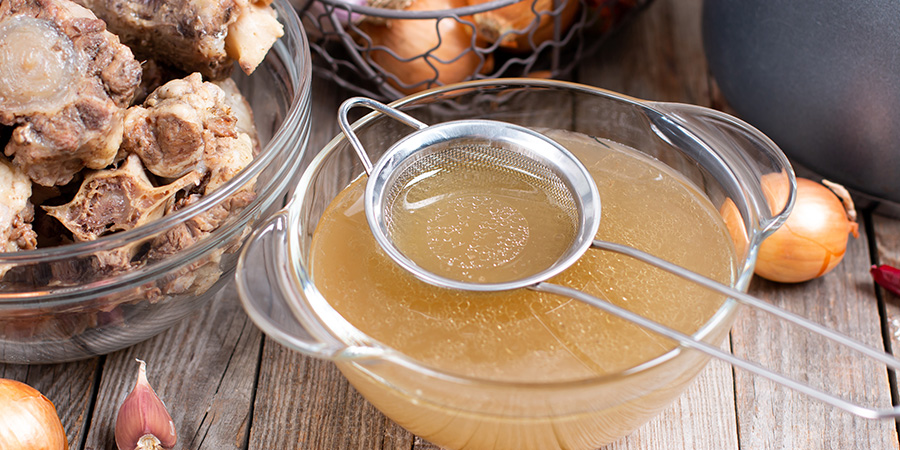
Collagen 2.0
From face creams and supplements/powders to bars and beverages, collagen is found in several categories and that amount is growing. I wrote the What the Heck is Collagen blog in the summer of 2018. Since then, collagen supplements and products are showing up in mainstream retailers like Costco and Target. Plus, over the past year, I’ve lent my expertise to Business Journals and as a speaker for events about collagen. Therefore, it is high time for an update about this main structural protein in our body, with my Collagen 2.0.
The Evolving Ingredient
Prior to the pandemic, think about how we embraced the Bone Broth Trend. As a result of the pandemic, consumers are more aware and interested in functional ingredients and foods that enhance their health. We lose collagen within our bodies as we age (starting in our late 20s). Collagen is vital for all our connective tissues, including bones, joints, skin, hair, and nails. Consumers understand the importance of dietary protein and in this case animal protein. Dietary collagen is sourced from bovine, marine, poultry or pig. It’s not possible to have a vegan source…no matter what that celebrity influencer tells you! However, lab research is ongoing and perhaps one day we will have a vegan source.
 The Evolving Communication
The Evolving Communication
Who and where are you getting your collagen information? Ideally you want to access health professionals like myself and/or scientists’ communications first. Anecdotes and documentaries from business owners or 24-year-old lifestyle influencers often present without substantiated research.
Consequently, the source (i.e. marine) and the type are critical to understand collagen’s possible health benefits. Researchers have discovered numerous different types (28 on my last count) of collagen including the main types:
- Type 1 which is 90 per cent of collagen in the body, and provides structure to skin, bones, tendons, fibrous cartilage, connective tissue and teeth;
- Type 2 is made of loosely packed fibers and found in elastic cartilage;
- Type 3 supports the structure of muscles, organs and arteries;
- Type 4 helps with filtration and is found in layers of the skin.
The science and marketplace are evolving. Therefore, ongoing awareness and education opportunities for both consumers and health professionals to become informed about collagen exist.
 The Evolving Marketplace
The Evolving Marketplace
The global collagen market size was valued at USD 8.36 billion in 2020 and is expected to expand at a compound annual growth rate (CAGR) of 9.0 per cent from 2020 to 2028 according to the Collagen Market Size, Share and Trends Analysis Report. Overall, collagen protein has a number of attributes when formulating with it. It’s tasteless, odourless, non-gelling, fast dissolving, blends well with other ingredients, has a long shelf-life (up to five years), is stable at room temperature, and is gluten-free. Its price point is most likely the main negative factor at the moment.
The marketplace is growing and it’s great to see Canadian businesses in the space from Bend Beauty and their Renew & Protect Liquid and Soft Gel to Flow Alkaline Spring Water and their Collagen Infused line. Both companies boast ethical sourcing practices, along with green production practices. Collagen is on an upswing. There are opportunities for innovative products across several target markets and age groups. I’m excited to see different products and formats in the marketplace. Especially with added vitamin C and other factors that enhance collagen production in our bodies.
Final Thought
Remember no single food or ingredient is a silver bullet that will instantaneously reverse the aging process. A lifestyle filled with healthy habits including a balanced dietary pattern, exercise and restful sleep is the best approach for long-term consistent health. Want to learn more about collagen? Check out this webinar where I was a featured speaker.
